Tamron 70-300mm F/4.5-6.3 Di III RXD Lens, Black

Original price was: £549.00.£499.00Current price is: £499.00.
Tamron 70-300mm F/4.5-6.3 Di III RXD Lens, Black Price comparison



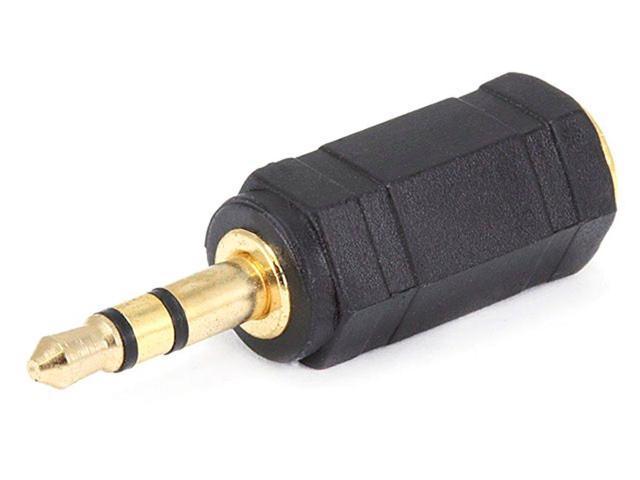










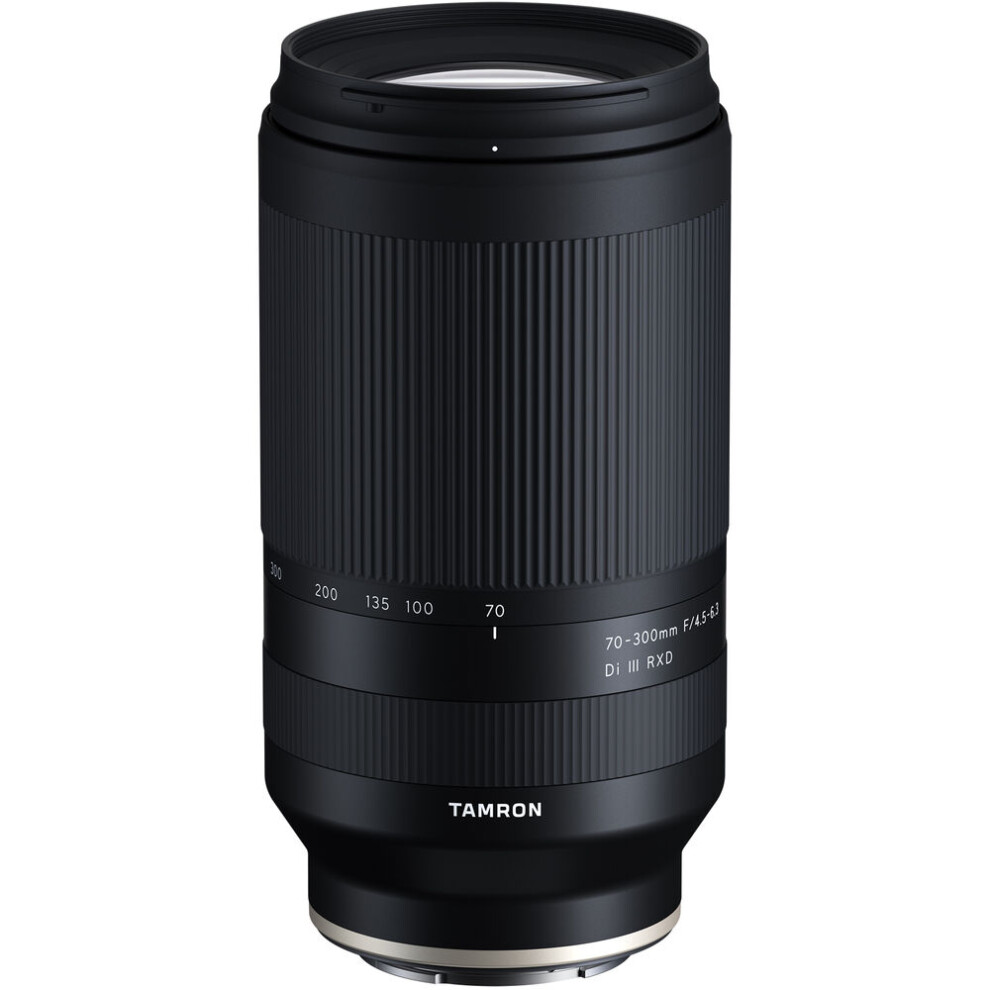
- All prices mentioned above are in United States dollar.
- This product is available at Rakuten Kobo US, Newegg Business, OnBuy.com, Aperturee, Euroffice.co.uk, ASDA Groceries, Hartsofstur.com, Ldmountaincentre.com, Ultimateoutdoors.com, Wayfair.co.uk, Trendgallery (US), Cliftoncameras.co.uk, Parkcameras.com, Newegg.
- At kobo.com you can purchase Black or Right: Anti/Racist Campus Rhetorics for only $0.20 , which is 100% less than the cost in Parkcameras.com ($1,333.37).
- The lowest price of Tamron 150-500mm f/5-6.7 Di III VC VXD Lens Sony FE- Camera & Optic Accessories~~Camera & Optic Lenses~~Video Camera Lenses was obtained on September 27, 2025 16:06.
Tamron 70-300mm F/4.5-6.3 Di III RXD Lens, Black Price History
Tamron 70-300mm F/4.5-6.3 Di III RXD Lens, Black Description
Explore the Versatile Tamron 70-300mm F/4.5-6.3 Di III RXD Lens
The Tamron 70-300mm F/4.5-6.3 Di III RXD Lens is the perfect companion for photographers looking to enhance their creative possibilities. With its impressive zoom capabilities and exceptional build quality, this lens caters to both amateur and professional photographers alike. Whether you’re shooting wildlife, landscapes, or portraits, this lens will deliver stunning results.
Key Features and Benefits of the Tamron 70-300mm Lens
- Focal Length Range: The 70-300mm range allows for versatile shooting, from wide-angle shots to stunning telephoto images.
- Maximum Aperture: With a maximum aperture of F/4.5, you’ll achieve excellent low-light performance, ideal for evening shoots or indoor photography.
- Compatible with Various Sony Models: Designed for Sony E-mount cameras, it’s compatible with a wide range of models, including Sony A7, A6600, and A9 II.
- BBAR Coating: This lens features BBAR coating, which helps to reduce lens flare and ghosting, ensuring clear, contrast-rich images.
- 7-Blade Diaphragm: The 7-blade diaphragm contributes to beautiful bokeh, allowing you to isolate subjects against a softly blurred background.
- Auto/Manual Focus: The dual focus type (auto/manual) provides flexibility, whether you prefer the convenience of autofocus or the precision of manual focus.
- Compact Design: Lightweight and compact, this lens is easy to carry, making it great for travel and outdoor photography.
Comparative Pricing Across Suppliers
The price of the Tamron 70-300mm F/4.5-6.3 Di III RXD Lens varies across suppliers, enabling you to find the best deal for your budget. On average, prices range from $549 to $599. Our price comparison tool lets you quickly see where you can find the best offers, ensuring you make a cost-effective purchase.
Price History Trends Over the Last 6 Months
According to the 6-month price history chart, the Tamron 70-300mm lens has seen minor fluctuations, with prices peaking during the holiday season and reducing post-sales. Average prices consistently hover around $570, making it an attractive option when compared to similar lenses in its category.
Customer Feedback on the Tamron 70-300mm Lens
Customer reviews reflect a generally positive sentiment towards the Tamron 70-300mm lens. Users appreciate its excellent image quality and versatility. Many specify that it performs admirably in various lighting conditions and excels in capturing fast-moving subjects.
However, some users have indicated that the autofocus can be slower in low-light environments for certain Sony camera models. Despite this minor drawback, the majority hail its affordability and quality as significant benefits.
Video Reviews and Unboxings
For those considering the Tamron 70-300mm F/4.5-6.3 Di III RXD Lens, several unboxing and review videos are available on YouTube. These visual insights provide an engaging perspective on the lens’s performance and features. Watching these videos can help you gain a better understanding of what to expect, aiding in your decision-making process.
Highlighting the best features and pricing, the Tamron 70-300mm F/4.5-6.3 Di III RXD lens is undoubtedly a noteworthy addition to any serious photographer’s toolkit. Its robust design and flexibility perfectly complement the capabilities of Sony’s mirrorless cameras.
With most photographers seeking both performance and quality, this lens stands out as a top contender in its price range. By incorporating this lens into your gear, you’ll unlock new creative opportunities and satisfaction with every shoot. Ready to start capturing stunning images?
Compare prices now!
Tamron 70-300mm F/4.5-6.3 Di III RXD Lens, Black Specification
Specification: Tamron 70-300mm F/4.5-6.3 Di III RXD Lens, Black
|
Tamron 70-300mm F/4.5-6.3 Di III RXD Lens, Black Reviews (10)
10 reviews for Tamron 70-300mm F/4.5-6.3 Di III RXD Lens, Black
Only logged in customers who have purchased this product may leave a review.

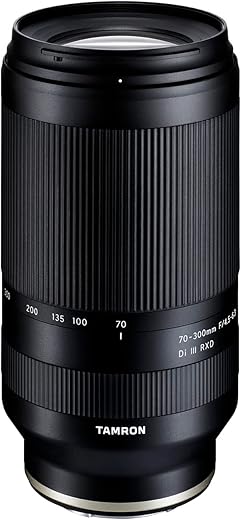
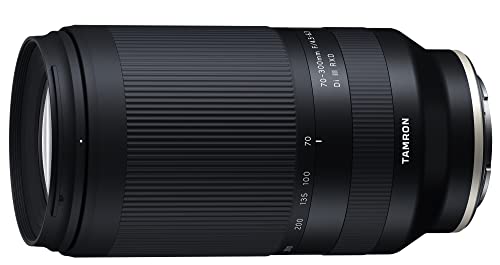
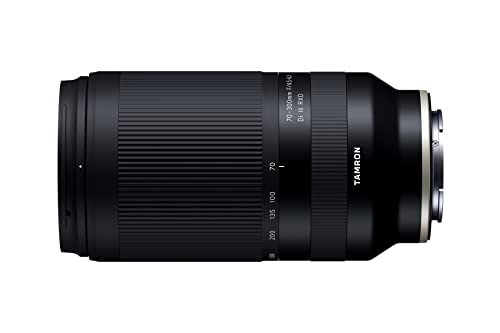
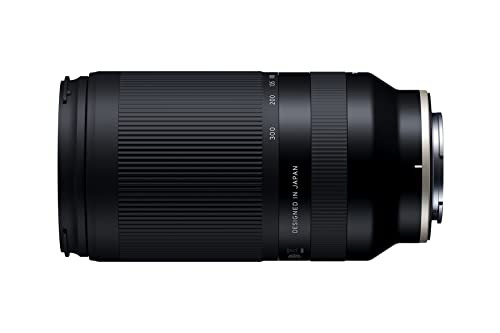
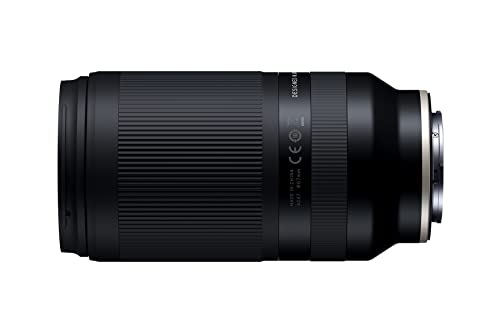
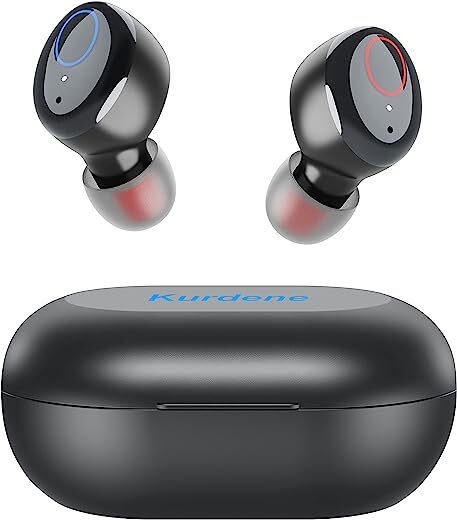
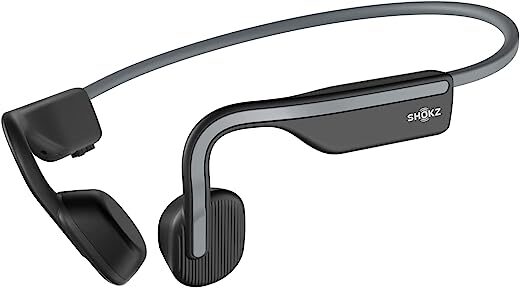
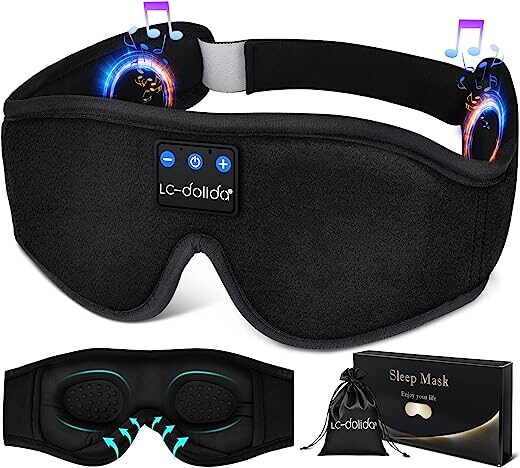
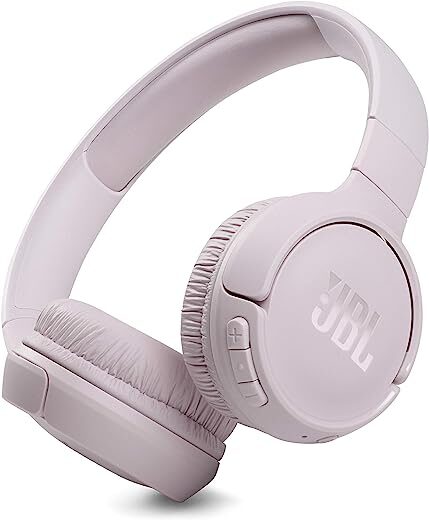
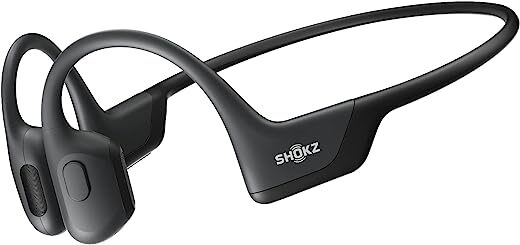
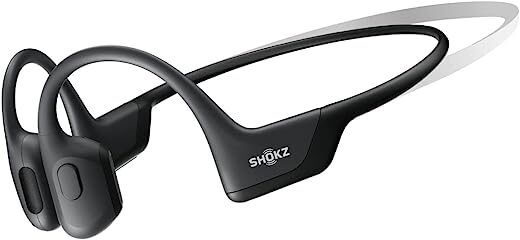
G. Allen –
This is a decent lens and very light but the lens cap is a pain to get back on and the lens is constantly telescoping out which is super annoying. Picture quality is passable, not too bad for the price.
Lemon Lover –
I really love how light this lens is and the build quality is really good. It’s a fun lens to use because it’s so light. I got a great video of the Buck Moon (full moon) last month and it looked great! I’m using an a6300 so there is no stabilization so I have to rely on a tripod at 300mm. But because I have an crop sensor camera, the focal length increases to 450mm and then another 900mm using clear image zoom which is 2x the 450mm zoom! Shooting video in 4K looks friggin awesome. See my video here: https://youtu.be/NU9gZcPZLS8
Chris –
فاقت توقعاتي لكن عيبها لايوجد تركيز يدوي
Manual focus
Roberto –
Har ett problem med att på vissa foton blir det ett svagt rutnät över hela bilden.
Jose De La Cuesta –
I am currently shooting with a Sony A7iii. I get to watch The Blue Angels here all the time, so I wanted a decent tele lens. I went with the Tamron 70/300, after watching/reading several reviews, and the price was well within my budget. I have only just recently began my journey down this rabbit hole of photography, so I can not really get into the specs of the lens. What I can say is so far I have been pleased by the photos I have been able to take. Four come straight from the camera, while the three have been touched up. The unedited photos go form 70mm-300mm-199mm-289mm-300mm. The zoom wheel turns smoothly enough that I can make my adjustments easily and my A7iii has no problem keeping a clear focus (using AF-C). There is no “zoom lock”, but I move the zoom in an out often enough I don’t see the need for it anyway. Bought this on 5/1/24, if anything changes, I will revisit this and let you know.
Johnny –
Mejoro mucho elalcnace y la nitide, lo uso por a fotografía deportiva en atletismo y tira a 100mts con buena calidad, a mano alzada sin dificultad, mejora la nitides con un tripié o mono pie, pero dificulta tomar fotos en movimiento. No es bueno con poca luz lo prove en dos eventos de 15 años por curiosidad y las fotos no tienen nitidez como en espacio libre.. lo recomiendo simqiieres dar un salto al mejorar la nitidez comparado con tú lente de kit y da buenos boke. El lente lo uso con mi cámara Sony 6100 montura E.
Roberto –
Switched from an EF mount Sigma 100-400mm lens, and find this is so much more versatile and has slightly better image quality. Focus is a little bit faster & more accurate, but the main benefit is size and weight. IQ is a bit sharper and more pleasing, too, and it seems to auto-expose better on my Sony cameras. I don’t really miss the extra 100mm to be honest.
Pros:
– light, small – easy to carry around or have in the camera bag
– good IQ, even without considering price
– works very well with the Sony body, including in-body stabilization
Cons:
– plastic
– no zoom lock means it often extends when carried barrel-down
– “slow” lens (narrow aperture) but completely expected given price point & weight
Highly recommended for a backyard birdwatcher or casual photographer looking to get a little reach in their photos.
(If you’re curious about the birds, that’s an Anna’s hummingbird and a goldfinch that I think was either very lazy, overfed, or young. There was a female nearby working hard while he watched, and he wasn’t a great flier).
G. Allen –
It’s hard to fault the excellent Sony 100-400 but I’m at times reluctant to take a 3 lb. lens on the road or hike long back country treks with it. I’ve been seeking a lighter long tele zoom option and think I may have found a surprise winner, the Tamron 70-300 f4.5-6.3. At first I did not consider it because conventional wisdom tells us to NEVER consider any long glass without Image Stabilization (IS). I’m a longtime pro and am used to shooting major sporting events with the best long glass including 300 f2.8, 400 f2.8, 500f 4, etc. Thus, I’m picky for only the sharpest telephotos yet switched to Sony to lighten the load. (See photo of its tiny size compared with Sony and Sigma lenses.) Let’s talk about this surprising Tamron’s pros and cons:
The Tamron 70-180 is the first non-Nikon, Canon or Sony lens I’ve ever used in a 30 year career and have been blown away by it. The missing IS has been little concern since it’s easy to handle and is a constant f2.8, allowing higher shutter speeds in low light. It’s easy for a pro to at first dismiss the new under $500 Tamron 70-300 but it is indeed truly sharp unless you pixel peep the corners. For long glass, corner sharpness is of less concern for many of us although that would be a deal killer in a wide angle lens.
Before taking a flyer on this Tamron, I first auditioned the Sony 70-350, fully intending to be happy with the compromise of having to use it in APS-C mode, yielding files of 26.2MP on my A7R4 that normally outputs 61MP. The copy I received wasn’t as sharp as I’d hoped. Of course, it is truly hard to compete with the rockin’ yet $2,500 Sony 100-400. I’d heard good things about the 70-350 with its quick linear motor, etc., that I probably expected too much and was a bit underwhelmed upon first testing it.
Since I love my Tamron 70-180 I thought I’d give this full frame Tamron a dark-horse try at joining my stable of a dozen lenses, mostly Sony’s except for the 70-180, the Tamron 28-75 f2.8 and the also stellar Sigma 105mm f2.8 macro. Bottom line: This 70-300 Tamron is darned impressive and uber sharp! I’m going to learn to work around its one key disadvantage of no Image Stabilization.
Why own both the 100-400 and this Tamron? Simply said: Weight. The Sony is a well-balanced and manageable three pounds. Yet, the Tamron is a light lil’ baby at a mere 19 ounces and 20% the cost! If I choose APS-C mode this lens gives me 105-450mm reach, and is still sharp. At the long end, the Sony allows max f5.6 while this Tamron shoots 1/3 stop slower at 6.3.
It focuses fast yet is no f-stop speed demon and even with the A7R4 in-body IS stabilization, in early use I am getting more perfect keepers at 1/500 than I do at 1/320 or 1/250. If light becomes an issue, my Tamron 70-180 shoots as long as 270mm at f2.8 in APS-C. I’m happily keeping the hard-to-fault Sony 100-400 but this Tamron 70-300 delivers truly impressive pro-worthy images, too, if you don’t mind upping ISO slightly when lighting conditions get a bit more challenging.
Jose De La Cuesta –
This lens is my first 300mm for my Sony Camera gear. It’s starting to become my go-to lens, serving me well in wildlife photography and enabling some stunning panoramic shots. The best part? It offers impressive sharpness, lightweight design, great autofocus, full-frame compatibility, and all this at an affordable price.
However, it’s fair to mention the drawbacks such as no image stabilization and no handy lock switch to prevent lens creep. But these challenges can be managed with a tripod, holding the camera steady, or if your camera supports in-body stabilization.
So, should you consider this lens? I think so but that does depend on your needs. The Images I’ve selected have become my favorites as of now. All the image you see was taken on my Sony zv-e10, which happens to be a cropped sensor camera.
—-UPDATE Feb 28, 2024—-
Since my original review, I have purchased a Sony A7iii full-frame camera with in-camera stabilization. Using the Tamron lens with a camera that uses stabilization does make a world of difference. The lens barely shakes even at 300mm unlike when it’s on my Sony zv-e10. Now I have noticed that since I’m using the lens in a full-frame sensor I see more of a lens curve in my images. But if you use Adobe Lightroom it can easily correct it. Still highly recommend this lens.
——Update July 7th, 2024——
Since my last update in February, I can confidently say that this Tamron lens has become my daily driver when using my full-frame camera. Its versatility continues to amaze me, handling everything from fast-moving wildlife to delicate flower photography with ease. For the price, and considering it’s a full-frame lens, it has transformed my photography in ways I couldn’t have imagined. I’ve added some new photos to my review to showcase its capabilities. As mentioned before, you’ll need to use your editing software to enable lens corrections, but this really depends on the image you’re taking. After using this lens for 7 months, I can attest that it’s been a worthwhile investment.
Johnny –
Excelente custo/benefício, mas a lente não tem foco automático rápido como uma lente Sony